Lotepro Eye Drop
175.00৳ Drop (5ml)
- Lotepro is an ophthalmic corticosteroid indicated for the treatment of steroid-responsive inflammatory conditions of the eye, including allergic conjunctivitis, keratitis, iritis, and post-operative inflammation.
- Available in various formulations (0.5% and 1% suspensions, ointment, and gel), it helps reduce inflammation and pain.
- The medication works by inhibiting the inflammatory response and is primarily administered as eye drops or ointment.
- Caution is advised during pregnancy and lactation, and patients should monitor for adverse effects such as elevated intraocular pressure.
 Brand
Brand
|
Incepta Pharmaceuticals Ltd |
|---|---|
 Generics
Generics
|
Loteprednol Etabonate |
 Type
Type
|
Ophthalmic Solution |
Indications
- 0.5% Ophthalmic Suspension: This formulation is designed for the management of inflammatory conditions responsive to steroids affecting the palpebral and bulbar conjunctiva, cornea, and anterior segment of the eyeball. Conditions include allergic conjunctivitis, acne rosacea, superficial punctate keratitis, herpes zoster keratitis, iritis, and cyclitis. It is also effective in alleviating inflammation following surgical procedures.
Pharmacology
Corticosteroids, like Loteprednol, play a crucial role in modulating the inflammatory response triggered by various agents, potentially delaying or hindering the healing process. They work by reducing edema, fibrin deposition, capillary dilation, leukocyte migration, and fibroblast proliferation, thereby preventing the deposition of collagen and scar formation associated with inflammation. While the exact mechanism of action for ocular corticosteroids remains unclear, they are believed to induce inhibitory proteins known as lipocortins, which regulate the biosynthesis of key inflammatory mediators, including prostaglandins and leukotrienes, by inhibiting the release of arachidonic acid from membrane phospholipids.
Dosage & Administration
- 0.5% Ophthalmic Suspension:
- For steroid-responsive ocular inflammation: Instill one drop into the conjunctival sac of the affected eye(s) four times daily.
- For post-operative inflammation: Begin instilling one drop into the operated eye(s) four times daily, starting 24 hours post-surgery, and continue for the first two weeks.
- 0.5% Ophthalmic Ointment: Apply a small amount (approximately a ½ inch ribbon) into the conjunctival sac(s) four times daily, starting 24 hours post-surgery and continuing for the first two weeks.
- Ophthalmic Gel: Instill one to two drops into the conjunctival sac of the affected eye four times daily, beginning the day after surgery and continuing for the first two weeks.
Use in Special Populations:
- Children: Safety and efficacy in pediatric patients have not been established.
- Geriatric Use: No significant differences in safety and efficacy have been noted between older and younger patients.
Always follow the advice of a healthcare professional when using this medication.
Interactions
Since Loteprednol is not detected in systemic circulation following topical administration, it is unlikely to affect the pharmacokinetics of other systemic medications.
Contraindications
Loteprednol is contraindicated in most viral infections of the cornea and conjunctiva, including epithelial herpes simplex keratitis, vaccinia, varicella, mycobacterial infections, and fungal infections of ocular structures. It is also contraindicated in patients with known or suspected hypersensitivity to any ingredients in this formulation or other corticosteroids.
Side Effects
Common reactions associated with ophthalmic steroids may include elevated intraocular pressure, which could lead to optic nerve damage, visual field defects, posterior subcapsular cataracts, secondary infections from pathogens (including herpes simplex), and potential perforation of the globe in cases of corneal or scleral thinning. Adverse ocular reactions reported in 5%-15% of patients using Loteprednol include blurred vision, burning upon instillation, chemosis, discharge, dry eyes, excessive tearing, foreign body sensation, itching, eye redness, and photophobia. Less common ocular adverse effects (occurring in less than 5% of patients) include conjunctivitis, corneal abnormalities, eyelid redness, keratoconjunctivitis, and discomfort. Non-ocular reactions seen in fewer than 15% of patients may involve headaches, rhinitis, and pharyngitis.
Pregnancy & Lactation
Classified as Pregnancy Category C, Loteprednol Etabonate lacks clinical data on exposed pregnancies. Animal studies have indicated reproductive toxicity, and the potential risk for humans remains unknown. Its use during pregnancy should only occur when absolutely necessary. The effect of topical ophthalmic corticosteroids on breast milk absorption and secretion is also unknown, so caution is advised when administered to nursing mothers.
Precautions & Warnings
If symptoms do not improve within two days, patients should be re-evaluated. For prolonged use (10 days or longer), intraocular pressure should be monitored. Consideration should be given to fungal infection in any persistent corneal ulceration when a steroid has been used or is in use. Patients should seek medical advice if redness or itching worsens, and it is advisable to refrain from wearing contact lenses during the treatment period.
Therapeutic Class
Ophthalmic steroid preparations.
Storage Conditions
Store below 30°C in a dry area protected from light. Avoid contact between the tube tip and any surface. It is recommended to discard the contents one month after first opening. Keep away from freezing temperatures.


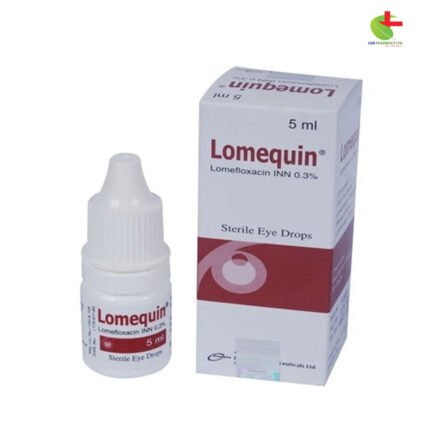


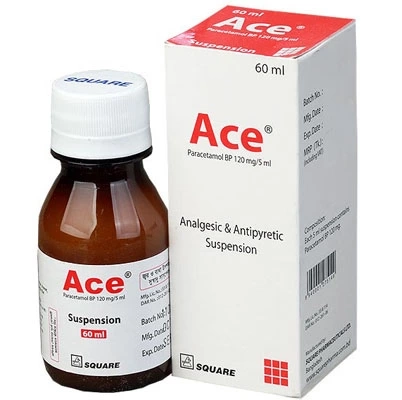
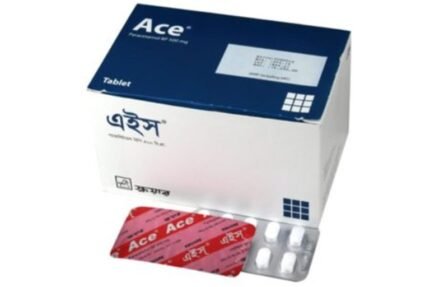
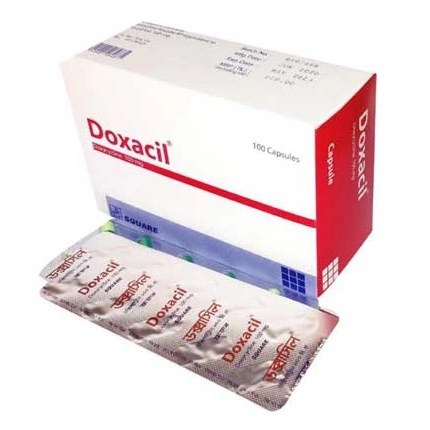
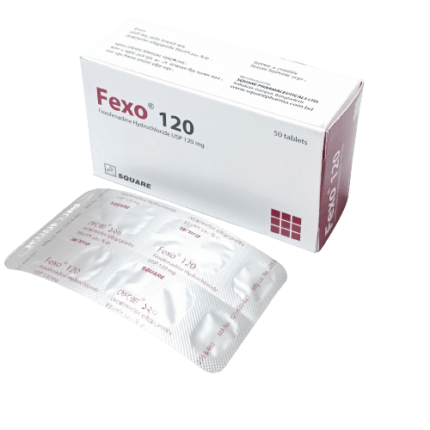
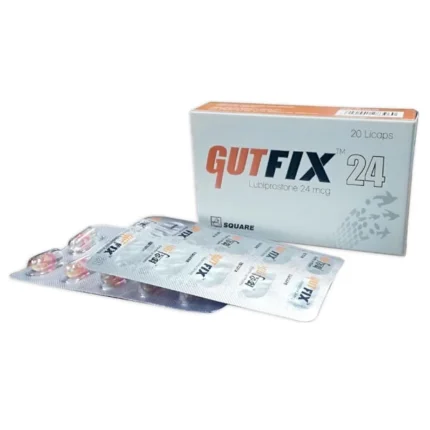
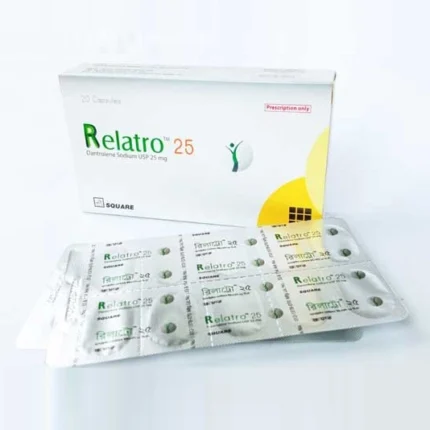
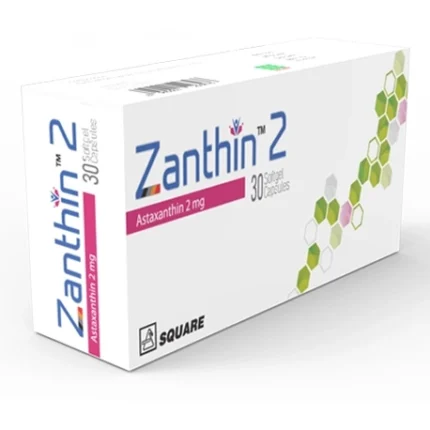
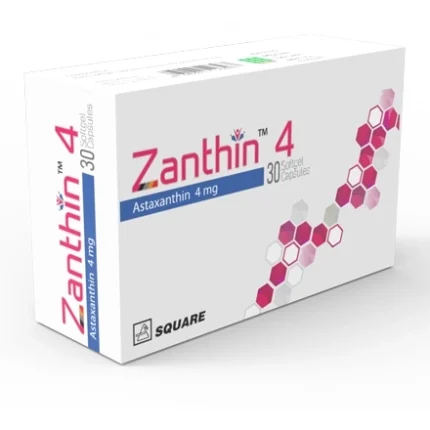
Reviews
There are no reviews yet.